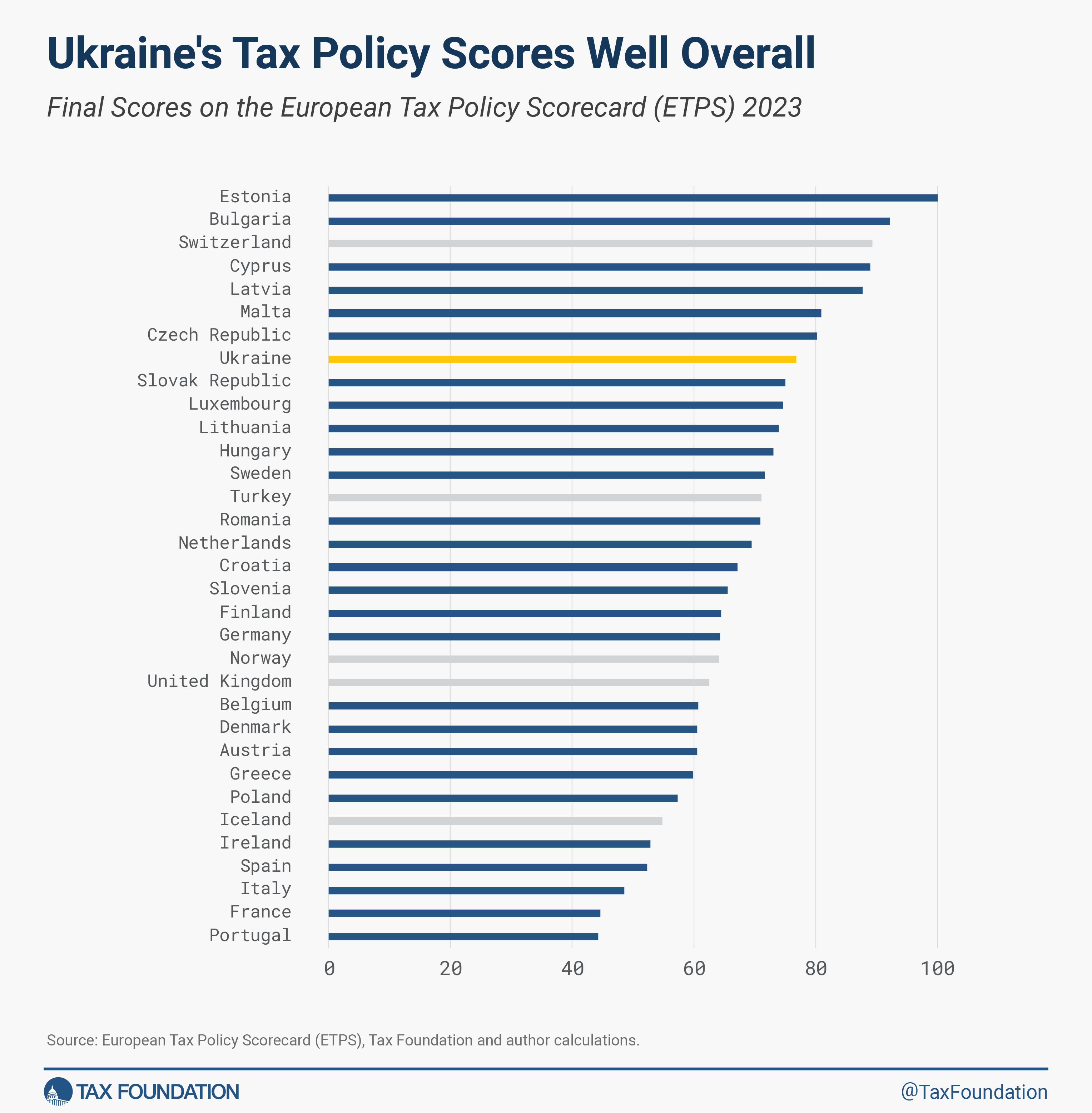Global Minimum Tax (GMT) and the Data Dilemma
The reality of Global Minimum Tax (GMT) (GloBE or OECD BEPS 2.0 Pillar 2) is here, as South Korea steps forward to be the first country to enact laws associated the OECD’s newly approved tax regime going into effect in January 2024. 137 countries covering 90% of the global economy signed a deal to enforce a GTM rate of 15%. Around 10,000 businesses are expected to be affected worldwide, and if that includes yours, now is the time to prepare.
Global Minimum Tax (GMT) rules will force companies to collect, analyze, and report on more data than ever before. The regulation aims to make it harder for big companies (those with $750M€ in revenues in the Consolidated Financial Statements of the Ultimate Parent Entity) to avoid tax by shifting profits to lower tax jurisdictions.
However, the regulations (which are still being formalized in national laws by many countries) will throw up numerous compliance challenges. For many, the most daunting of which will be the management of data required to report on for Global Minimum Tax (GMT). The new legislation requires companies to widen the scope of data collected across the organization, including the addition of organizational data (e.g., stock compensation, pension expenses) and includes data related to Pillar 2 (e.g., elections and carry forwards). As focus on transformation heightens to support mitigating risks and increase efficiencies, data management matters more than ever.
What is Global Minimum Tax (GMT)?
- Global Minimum Tax (GMT) is a minimum rate of tax on corporate income internationally agreed upon and accepted by individual jurisdictions. Each country would be eligible to a share of revenue generated by the tax.
- It is being spearheaded by the Organization for Economic Cooperation and Development (OECD) and seeks to avoid a ‘race to the bottom’ in national tax rate terms. In essence, the aim is to deter multinationals from shifting tax revenues to countries with lower tax rates. Major economies want to make sure that corporate income is taxed in countries where companies generate revenue, but do not have a physical presence – an issue that has been exacerbated in recent years by the digitalization of the world’s economy.
- If your company has an international reach and revenues of more than €750million, this involves paying a ‘top-up’ tax, if income generated in any jurisdiction where the MNE has operations are taxed below the global minimum tax rate. If it has more than €20billion in revenues, new rules could also change where taxes are paid, by reallocating a share of profits above a 10% profit margin.
_________________________________________________________________________________________
Understand how to prepare for Global Minimum Tax (GMT) calculations, provision and compliance requirements with an upcoming webcast with EY
____________________________________________________________
Why is data such a big deal?
- Digitalization has had another important impact on the way businesses are run and how tax is collected: it has increased the emphasis on data. As tax professionals are only too aware, pressure is high to supply internal company leadership with timely, accurate, and detailed financial and tax data. Governments are putting more pressure on tax departments and companies for transparency as well.
- Now, as the Global Minimum Tax (GMT) regime aligns global corporate taxation, it will further intensify expectations on tax teams, requiring them to provide unprecedented global transparency and ramp up reporting requirements. All of which are underpinned by data.
- GMT also touches on a variety of tax rules (book tax, cash tax, cross border and local country rules) for which data may be disparate and in different formats (e.g. spreadsheets, email, ERP systems). Tax reform is seen by senior tax professionals as the number one challenge their departments are facing today, according to the 2022 Thomson Reuters State of the Corporate Tax Department report. GMT is a good example of the tremendous challenge reform can present for international tax planning.
Managing more, more and more
The reality is that complying with the new rules will mean data needs to be gathered more frequently (if not continuously), from more areas of the business, in more granular detail, more quickly, so that tax calculations and filings can be done more regularly.
As the OECD continues to publish detailed guidance around the Pillar 2 implementation framework (addressing the long awaited guidance on safe harbor exemptions mostly based on CbC data, ordering rules between qualified domestic top up tax (QDMTT), subpart F/GILTI and other Pillar 2 taxes) the significance of the data challenges and the need for an automated system that can collect data across the globe from a host of disparate systems and diverse stakeholders become a lot more acute.
In summary, for a US MNE, Pillar 2 requires a carefully coordinated data gathering and calculation of the global tax provision, along with the US calculations of foreign source income (subpart F, GILIT, FTCs), CbC reporting amounts and Pillar 2 taxes, with inputs and calculated values having to be passed back and forth between the various calculation engines.
All of this is due at the time of each quarter’s tax provision calculation, and then again at the time of each countries tax return preparation and submission, and during the preparation and submission of the information returns for country by country reporting and Globe Information Returns (not to mention the yet unknown requirements to comply with the STTR rules).
Simply put, not having the right data and or calculation engines to do any one of these calculations will result in an incomplete tax provision calculation at the quarter end.
Foundational to achieving proper data governance is centralizing data from disparate systems and formats to create a single source of truth of tax data for use across solutions. A centralized data warehouse, like ONESOURCE Data Hub for example, will reduce the volume of hours spent preparing data and searching for accurate tax data across multiple applications and give more time to tax professionals to analyze and think strategically about complicated issues, like the impacts of Global Minimum Tax (GMT).
Data that is ready for use in Global Minimum Tax (GMT) analysis should come from a “single source of truth” where all data is contained in one dataset that reports and disclosures (internal or external) are based on data that is fit-for-purpose: consistent, comprehensive, accurate and up-to-date.
Get ready for impact
This is a tall order with less than a year to go until the implementation date. Not long to get your “data” house in order. Orbitax, the international tax technology company and a technology partner of Thomson Reuters calls this, “A sea of change to global taxation, resulting in an upheaval in international tax rules not seen for almost 100 years.”
That’s why it makes sense to deploy sophisticated technology tools, like Orbitax Global Minimum Tax to automate and standardize workflows and bring clarity to the impact of Global Minimum Tax (GMT).
Find out more on how tax technology can help companies meet their global minimum tax requirements.






